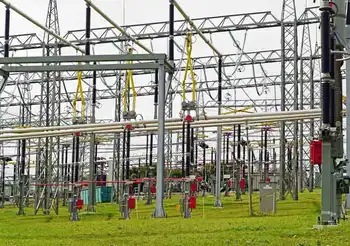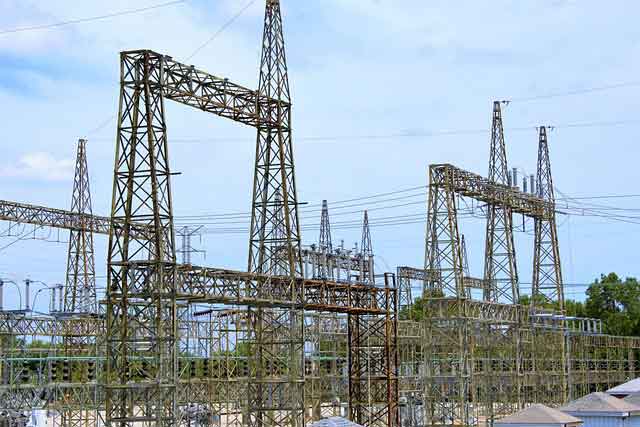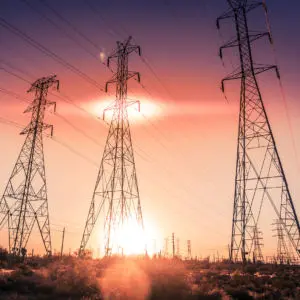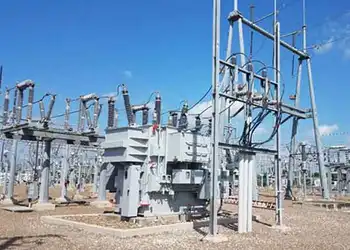Emissions stats concern FARE
Documents outlining the updated figures were presented to about 30 people at a recent Families Against Radiation Exposure (FARE) meeting.
The documents were obtained by FARE the previous week, organization president John Miller said.
According to the document, Cameco emitted 102 kilograms of uranium in 2002; 108 kilograms in 2003; 99 kilograms in 2004; 117.3 in 2005 and 60 kilograms through the first six months of this year. The lower figure for 2004 resulted from a strike by employees.
According to figures from an older document, Cameco's slightly enriched uranium environmental assessment, 2003 emissions measured at 60 kilograms. This was also presented by Mr. Miller.
The new figures result from new measuring techniques practiced by Cameco, spokesperson Doug Prendergast said last week. They do not represent higher emissions. The company initiated a new formula to calculate total emissions "a couple years ago," he said.
In the past, reported measurements were taken from ventilation stacks. What has changed is the way the company calculates "fugitive emissions" - emissions escaping the facility through other means, Mr. Prendergast said.
"It is not an increase (in emissions)," he said. "It is a change in the way the actual numbers are reported."
The 2003 figures changed as a result of the company retroactively recalculating the "fugitive emissions," Mr. Prendergast said.
The monitoring stations inside and outside of Cameco's fence line have not indicated an increase in overall emissions, he said.
Learning of the fugitive emissions opens up a concern, Mr. Miller said at the FARE meeting.
"This tells me this is an old plant leaking like a sieve," he said. Aside from 2004, uranium emissions have increased six to eight per cent annually, Mr. Miller contended.
"How can you say you're emissions are flat when they're increasing every year?" he said.
Mr. Miller said the company should have alerted the public when it changed measurement methods.
"This isn't good enough for us," he said.
Mr. Prendergast said the company has discussed the figures with Mr. Miller.
Emissions from the plant are still lower than what is allowed and the company still meets regulatory requirements, he said.
Related News

Lawmakers push bill to connect Texas grid to rest of the nation
DALLAS - In the aftermath of the devastating 2021 Texas blackouts, which exposed the vulnerabilities of the state's energy infrastructure, a significant legislative effort is underway to transform Texas from an energy island into a connected component of the broader U.S. power grid. Spearheaded by U.S. Representative Greg Casar, D-Austin, the proposed Connect the Grid Act seeks to remedy the isolation of the Electric Reliability Council of Texas (ERCOT) from neighboring power grids, a condition that significantly contributed to the crisis during Winter Storm Uri.
The blackouts, which left millions without power and resulted in significant loss of life and economic…





